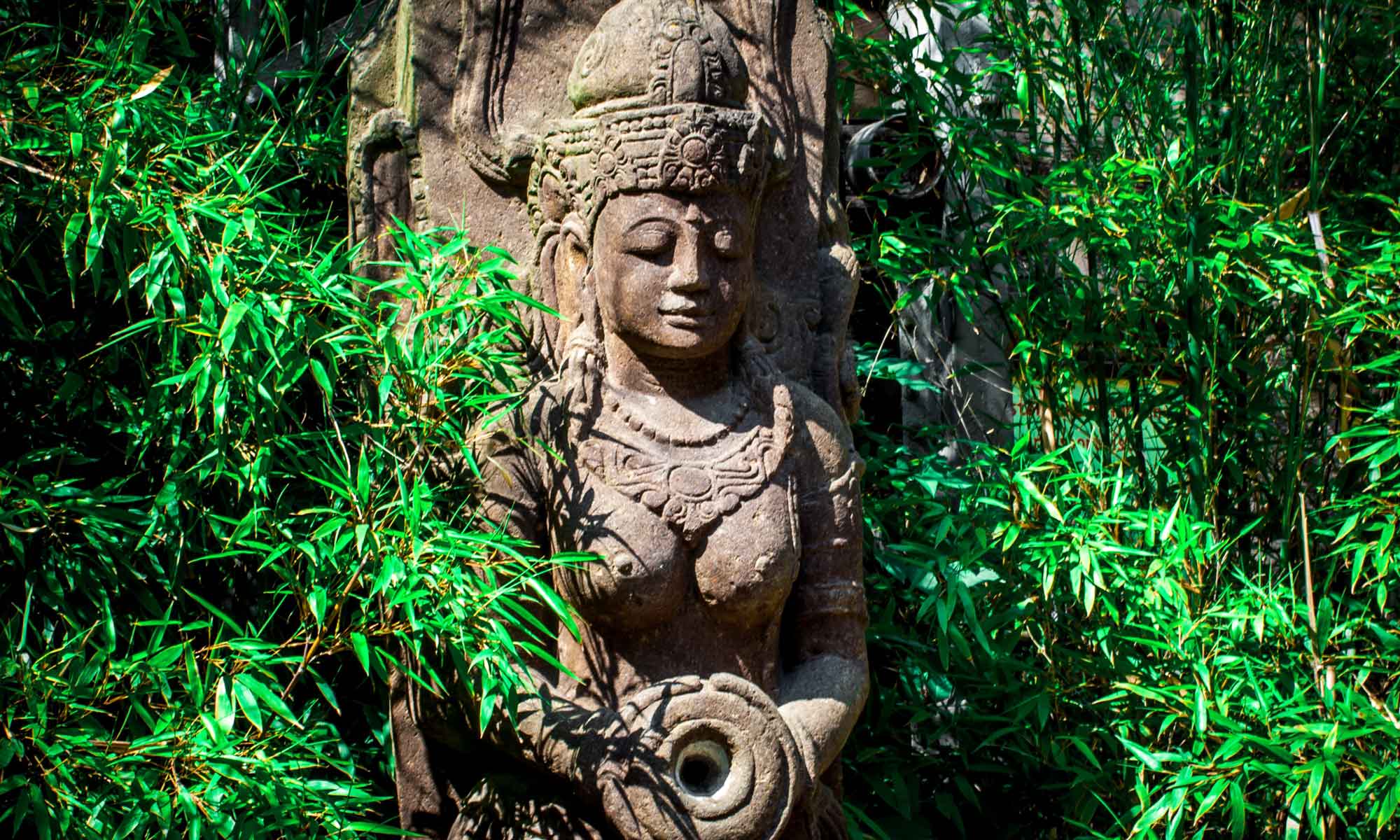“Listening to and Speaking with–Animals and Other Sentient Beings”
2022 Symposium Panel
Sunday April 10th, 1PM Eastern Daylight Time
Current threats to an eco-socially sustainable future require that we re-introduce myths and rituals that reflect an understanding of humans’ interdependence with the community of sentient beings. Drawing on ancestral traditions and understandings, these four authors provide excellent examples of such relationships.

Rebecca Vincent “Why We Need Selkies” addresses our need for more than just technological fixes and cerebral solutions to the environmental crises as she examines the role selkies and mythic water spirits could play in helping catalyze a shift into a new dream. As the Achuar People of South America say we need to truly solve our environmental crises
Kaarina Kailo “The Woman who Married the Bear and Original Instructions” explains through the story of the Woman Who Married a Bear the importance of Finno-Ugric cultures’ rebirth rituals such as Spring festivals with bear goddess Brigit, celebrating, gifting, feasting as life returned and further, allows us to see how the attitude towards mother and bear worship changed in the shift to patriarchal cultures.

Barbara Mann “Thinking Yours Doesn’t Stink: Dis/Respect for Others” explores tales of women who marry bears in Native North American tradition, which typically begins with violations of protocol, from working alone in the woods and being disrespectful of bears to two-timing their human husband with the bears. The powerful bears can shape-shift, read thoughts, put thoughts and images into human heads, foretell the future and will sacrifice themselves to hunters, but resuscitate from their bones.

Susan Moulton “WILD vs DOMESTIC” focuses on equus caballus, to explore communication and mutual reliance among species along with the wisdom embodied by the central “lead” female. This mare functioned as a repository of information at the heart of complex interactive plant and animal communities, starting with the earliest visual records of feral horses on cave walls in the Palaeolithic, and distinct from later cultures with animal “domestication” in the Bronze Age.
See the 2022 Symposium page for event information.
REGISTER HERE:
- General public ($160) register here.
- Members sign in and register with $50 discount here.
- Join/Renew your ASWM membership here.
- Questions? Contact us.





You must be logged in to post a comment.